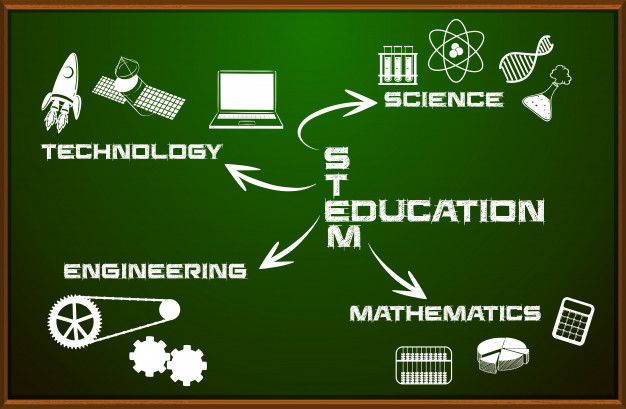In today’s fast-paced, technology-driven world, education must go beyond textbooks. It should prepare students to think critically, solve real-world problems, and innovate with confidence.
This is where STEM education—an interdisciplinary approach that integrates Science, Technology, Engineering, and Mathematics—comes into play.
For school children, STEM is not just a subject stream; it’s a mindset that fosters curiosity, collaboration, and creativity.
As global economies shift toward innovation and automation, early exposure to STEM education ensures that young learners are ready for the future, not just academically but as responsible problem-solvers.
At Laureate Public School Shimla, STEM learning is incorporated thoughtfully across grades. Whether it’s through hands-on science experiments or coding workshops, students are encouraged to engage with STEM principles actively.
This approach is even more beneficial in structured environments like boarding schools in Himachal Pradesh, where students have the opportunity to learn, lead, and experiment beyond the traditional classroom setting.
Why STEM Education Matters for School Students
Unlike conventional learning that often separates disciplines, STEM education integrates them to help students apply what they learn in a meaningful way. The goal is not just to teach science or maths—but to help students understand how these subjects connect to real-life challenges and innovations.
Here are the top benefits of introducing STEM education early in a child’s learning journey:
1. Fosters Critical Thinking and Problem Solving
One of the most significant advantages of STEM education is its emphasis on analytical thinking. Whether solving a math equation or figuring out how a circuit works, students are constantly encouraged to explore, evaluate, and iterate.
This trains young minds to break down problems, examine alternatives, and arrive at solutions independently—a skill that transcends academics.
2. Builds Creativity and Innovation
STEM is not just about logic and numbers. It’s also about imagination. Activities like designing a model bridge or building a basic app allow students to explore their creative side. When young learners are free to brainstorm, test, and refine their ideas, they develop the confidence to innovate.
3. Prepares for Future Careers
According to global workforce projections, over 80% of future jobs will require STEM-related skills. Careers in fields like artificial intelligence, robotics, data science, and environmental engineering are becoming increasingly relevant. STEM education equips students with foundational knowledge that opens doors to these exciting opportunities.
4. Encourages Collaboration and Communication
Many STEM education projects are group-based, requiring teamwork and clear communication. Students learn to share responsibilities, listen to others’ perspectives, and explain their ideas effectively. These interpersonal skills are just as important as academic performance in today’s interconnected world.
5. Enhances Technological Literacy
From coding platforms to digital simulations, STEM introduces students to the tools of tomorrow. Early familiarity with technology helps students become comfortable using digital resources, which is vital in both higher education and future workplaces.
6. Connects Learning to the Real World
Perhaps the most impactful aspect of STEM education is its ability to connect abstract concepts to real-world applications. Whether it’s understanding how climate change affects agriculture or learning how software helps in healthcare, students see how their knowledge can make a difference.
Making STEM Fun and Accessible
For STEM education to be effective, it must be engaging. Schools need to move beyond rote learning and create environments where children can explore freely.
This includes using experiments, design challenges, coding clubs, and interactive technologies that make learning both exciting and meaningful.
At Laureate Public School Shimla, the curriculum is enriched with STEM-focused activities that go beyond the classroom. Through tinkering labs, digital projects, and science fairs, students are motivated to take initiative and lead their learning journey.
Conclusion: STEM Education is the Key to Empowerment
As we look ahead, one thing is certain: the future will be built by those who can think, adapt, and innovate. STEM education provides young learners with the mindset and skills needed to navigate this future confidently.
By introducing these concepts early, schools can help students become not just academically proficient, but future-ready leaders and thinkers.
Investing in STEM education today means empowering the next generation to tackle tomorrow’s challenges—one idea, one experiment, and one innovation at a time.


Comments are closed.